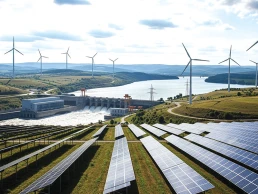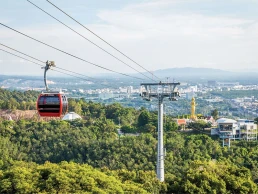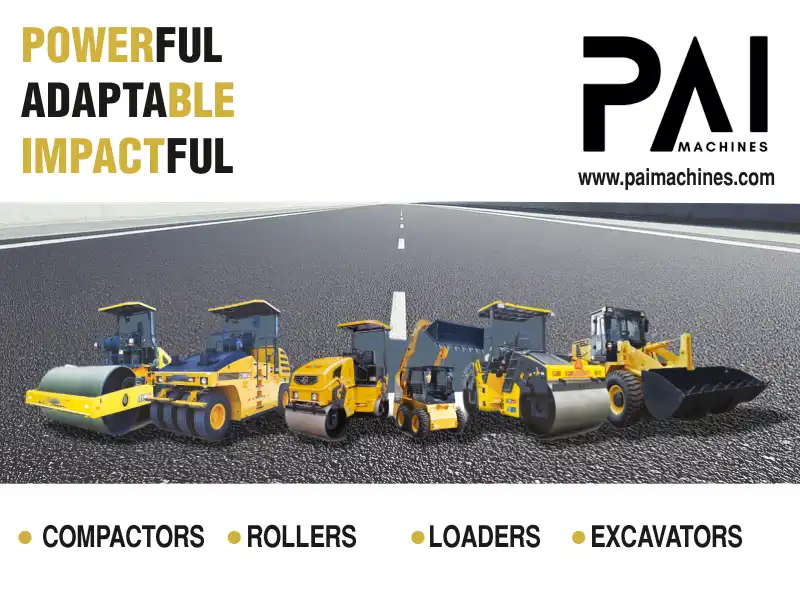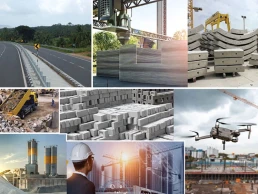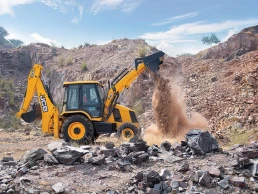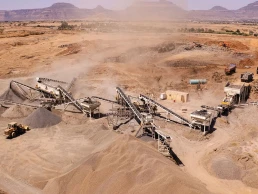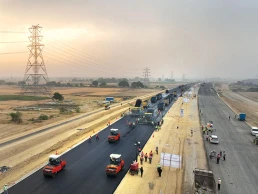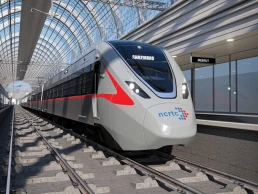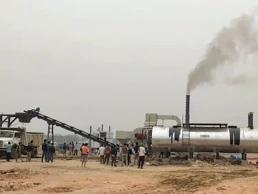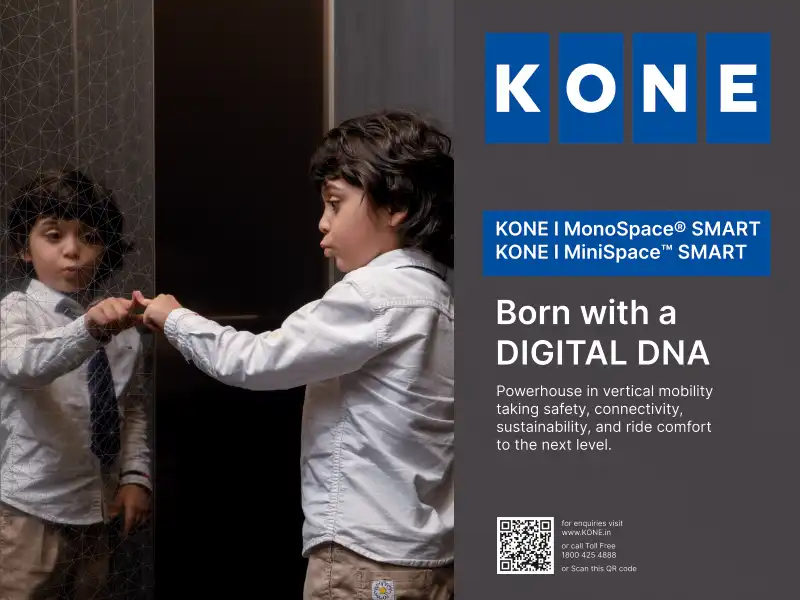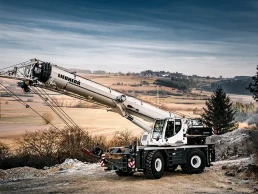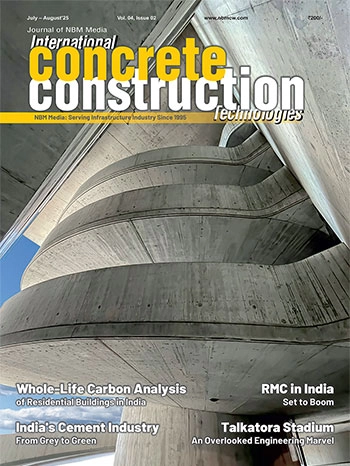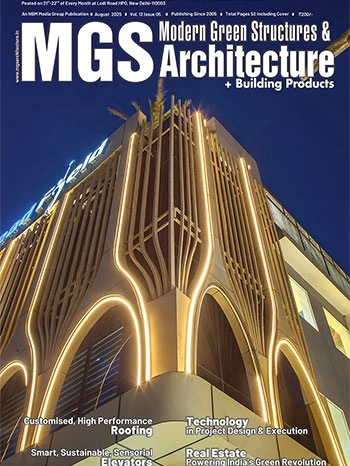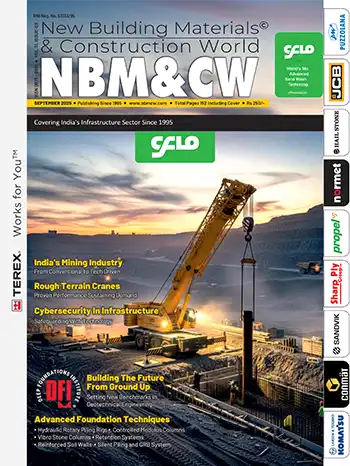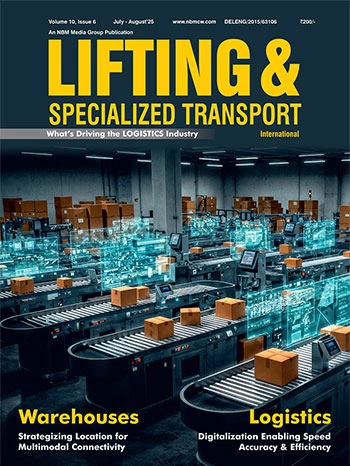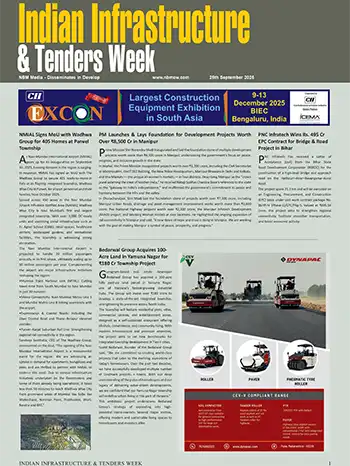Kamdhenu Limited: Building India” Infrastructure With High-Quality TMT Bars

“With a strong focus on engineering precision, stringent quality control, self-reliant manufacturing, and deep consumer connect, we are well poised to deliver value-driven products at affordable prices and strengthen our position in the growing steel industry.”
Sunil Kumar Agarwal, Director
What is your outlook on the growth of the steel sector, particularly in TMT bars, structural steel, colour-coated sheets, and the Pre-Engineered Building (PEB) segment?
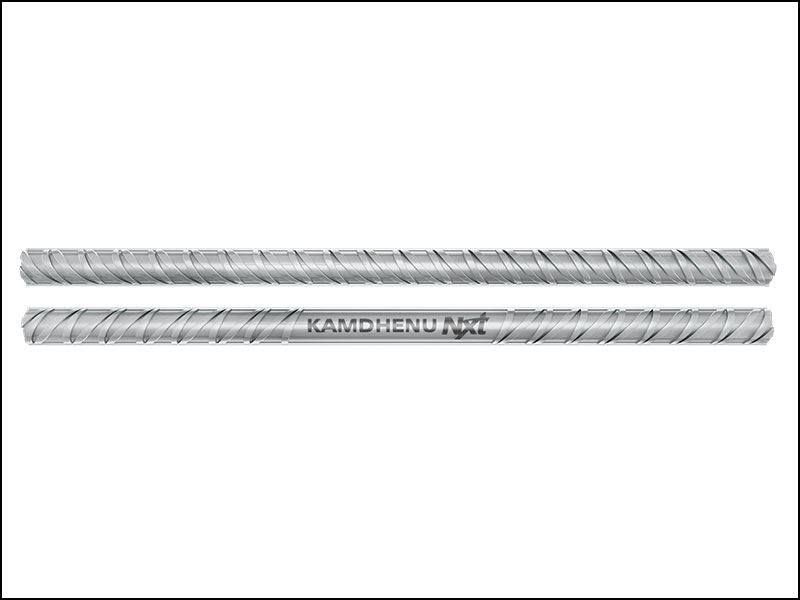
The Indian steel industry is at a pivotal juncture, balancing strong domestic demand, ambitious capacity expansion goals, and the pressing need for sustainable practices while navigating global headwinds and import pressures. India’s announcement of a taxonomy for Green Steel positions the sector to emerge as a global leader in steel and allied products, especially in TMT bars, structural steel, and colour-coated sheets.
Government initiatives such as the National Steel Policy 2017, Production-Linked Incentive (PLI) scheme, and Make in India have significantly accelerated industry growth. Yet, with per capita steel consumption still below the global average of 214 kg, there remains a substantial room for expansion.
TMT bars are seeing robust and sustained demand, primarily driven by large-scale infrastructure projects and rising urbanisation. This demand is further supported by ongoing investments in housing, smart cities, and transportation networks.
Meanwhile, structural steel is gaining ground in high-rise buildings, industrial construction, and large infrastructure works due to its high strength, flexibility, and faster execution. Colour-coated sheets are increasingly used in roofing and cladding for their durability, aesthetic appeal, and suitability for modular and prefabricated applications.
The Pre-Engineered Building (PEB) segment is also witnessing strong momentum. PEBs offer advantages such as factory-controlled manufacturing, faster site execution, minimal material wastage, and lower environmental impact. Their integration with smart energy features and reliance on quality structural and coated steel products make them an ideal choice for commercial, industrial, and warehousing infrastructure. As speed, sustainability, and efficiency define the future of construction, the PEB segment is poised to play a transformational role.
What key features and innovations differentiate Kamdhenu’s TMT bars from others in the industry?
Kamdhenu is built upon the promise of high-quality products at affordable cost to the consumers. Modern building designs and construction calls for better quality input materials, which our products deliver. Kamdhenu NXT is a next generation TMT bar with angular double rib that is at par with futuristic national and international quality standards. It is best suited for modern architectural patterns and designs, and is meant for newly engineered structures. Kamdhenu Limited’s Power Alloy Steel 10000 (PAS10000) comes with a unique rib design that enables a 360 degree locking, which gives this rebar the capability to bear 28% more weight, and enhances the earth-quake resistance of the building.
How does the franchisee-based manufacturing model support Kamdhenu’s growth and product consistency?
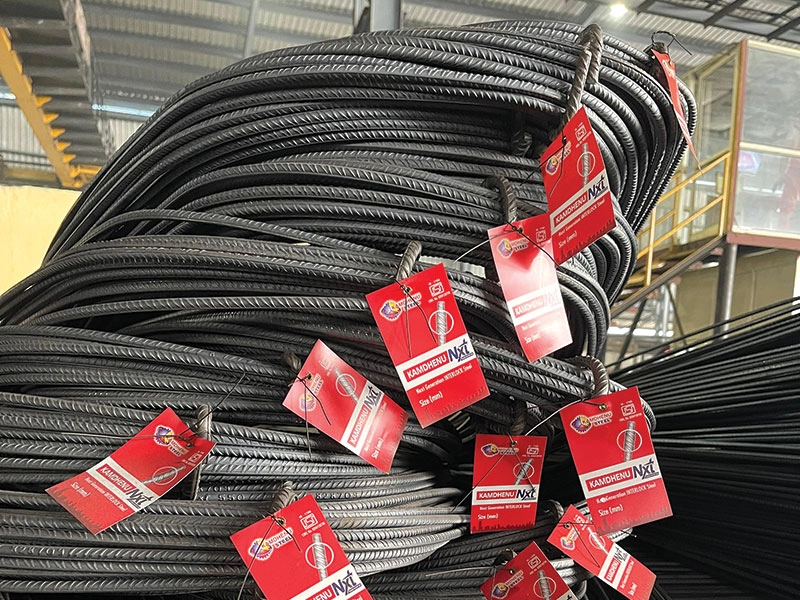
Kamdhenu has been successfully pioneering the franchisee business association model since 2004 to scale up operations while democratising access to latest technology and manufacturing processes for small manufacturers. With a strong focus on technology adoption and stringent quality controls, we achieved a sales turnover of over Rs. 22,000 crores in the retail segment in FY-2024-25. The model has also facilitated a strong CAGR growth of 14% for the company over the last decade.
At Kamdhenu, we are not only developing new and innovative products of higher quality, but are also enhancing our existing ones to further strengthen our position as the country’s largest player in the TMT bar segment.
In fact, we follow a process of continuous improvements. Our investment in an R&D laboratory (where the latest technologies and best practices are fine-tuned), has enabled us to reduce our carbon footprint, enhance sustainability, reduce waste, and promote efficiencies in the manufacture and sale of construction materials.
What are your plans to expand production capacity and distribution in the near future?
Kamdhenu is well-positioned for expansion given the company’s strong base of 400+ distributors, 10,000+ dealers, and over 80 franchise manufacturing units across the country, allowing deep penetration into Tier II and Tier III cities also. Our current in-house production capacity stands at 1.20 lakh MT per annum, while the total installed capacity of our franchise units is 52.5 lakh MTPA.
We are catering to renowned companies like L&T Ltd, JBM Group, ECR Built Tech, Dalmia Bharat Cement, UNO Minda, and many more. Looking ahead, we are exploring opportunities to further expand both our production capacity and distribution footprint to meet rising demand across infrastructure and housing sectors. With India’s per capita steel consumption still below the global average, there is immense growth potential, and Kamdhenu is fully aligned to scale operations in response.
How is Kamdhenu strengthening its market position and what is the company’s long-term vision for innovation and growth?
Kamdhenu is invested in delivering high-quality products at affordable prices, which has been central to building customer trust. Our in-house innovation centre plays a key role in adopting the latest technologies to enhance product performance and manufacturing processes. Regular dealer meets and stakeholder interactions help us stay connected with market needs.
Our future strategy includes strengthening our franchise model, enhancing manufacturing efficiencies, and increasing our presence in untapped markets, while maintaining a strong focus on quality, self-reliance, and customer trust.
Looking ahead, Kamdhenu will continue to build upon the strengths of its franchisee manufacturing model and extensive dealer network to scale further and strengthen its market visibility. Innovation, diversification, and a strong consumer connect will remain central to our growth strategy, as we contribute meaningfully to the country’s infrastructure development.

































